On this page you will read detailed information about Mystery of the Dark Web.
As an average internet user, you access websites every day without much thought about what goes on behind the scenes. However, there is a hidden network operating in the shadows of the internet that allows for anonymous communication and access to restricted content. Known as the Dark Web, this concealed sector of the internet can only be accessed using special software and hides the identity and location of its users. Once inside this clandestine world, you can communicate anonymously and access prohibited materials. But how exactly does the Dark Web work, and what kinds of activities take place in this secretive space? This article will uncover the mystery surrounding the Dark Web, explain how it operates, and explore how some are using it for both good and bad. By pulling back the veil on this cryptic corner of cyberspace, you’ll gain insight into an internet underground that operates by its own rules.
Defining the Dark Web: What Exactly Is It?
The “dark web” refers to encrypted online content that is not indexed by conventional search engines. It is a subsection of the deep web, the parts of the internet not indexed by search engines like Google. The dark web is intentionally hidden and requires specialized software to access.
What Makes the Dark Web Different?
The dark web utilizes overlay networks like Tor (The Onion Router) and I2P (Invisible Internet Project) that hide users’ identities and obscure the location of websites. Tor bounces communications around a network of volunteer-run nodes, hiding the origin and destination of traffic. This allows users and website operators to remain anonymous.
Some of the key characteristics of the dark web include:
- Anonymity: Users can hide their identity and location. Website operators can hide the location of their servers.
- Encryption: Communications are encrypted end-to-end, hiding the contents of messages and web traffic.
- Hidden services: Websites have alphanumeric names ending in .onion and can only be accessed through the Tor network. Their IP addresses are hidden.
- No indexing: The dark web is not indexed by search engines like Google so you can only access sites if you know the exact URL.
The dark web is often associated with illegal activity due to the anonymity it provides. However, the dark web also has legitimate uses, such as for journalists communicating with whistleblowers, political dissidents evading censorship in repressive regimes, or law enforcement conducting undercover operations. The dark web merely provides privacy and anonymity; how people choose to use those capabilities is up to them.
Uncovering the layers of the dark web can be challenging as it was designed to resist scrutiny. However, for those seeking privacy or wishing to explore its depths, the dark web continues to attract interest even as it operates in the shadows.
In the previous post, we had shared information about Ransomware Attack: How They Work And How To Protect Yourself, so read that post also.
Navigating the Dark Web: Accessing Hidden Sites
To access the Dark Web, you must use special software called the Tor Browser. Tor stands for “The Onion Router” and was created by the Tor Project to provide online anonymity and censorship circumvention. The Tor Browser routes your internet traffic through a global network of relays to conceal your location and activity.
Downloading the Tor Browser
The first step is to download the Tor Browser from the official Tor Project website. The Tor Browser is based on Firefox but comes pre-configured to work with the Tor network. Be very careful to only download the Tor Browser from the official Tor Project website to avoid installing malware.
Connecting to the Tor Network
Once installed, open the Tor Browser. It will automatically connect to the Tor network. A screen will display your new temporary “onion” address and a network status bar indicating your connection status. The onion address is randomly generated and changes each time you start the Tor Browser to help hide your identity.
Accessing .onion Sites
Websites on the Dark Web have .onion addresses instead of regular domain names. To visit a .onion site, enter its .onion address into the address bar of the Tor Browser. These addresses typically consist of 16 characters and end in .onion. You can find lists of known .onion sites on various Dark Web indexes and wikis. However, proceed with extreme caution, as some .onion sites contain illegal or dangerous content.
Ensuring Anonymity
To maximize your anonymity on the Dark Web, never access regular internet sites through the Tor Browser, never enter personal information, and never download or install any software. Only access .onion sites, and avoid streaming media or torrenting files. Your anonymity depends on only using the Tor network for your browsing sessions. By taking these precautions, you can explore the Dark Web while avoiding the risks of exposing your identity or compromising your security.
Anonymity and Privacy on the Dark Web
The Dark Web allows for anonymous internet access and communication. By using special software like Tor, users are able to mask their identity and location. This anonymity provides privacy benefits but also enables illegal activity.
Anonymity through Encryption
The Dark Web relies on encryption and relay techniques to hide users’ identities and obscure their online activity. Tor, short for “The Onion Router,” is the most popular service. It directs internet traffic through a network of volunteer relays to conceal a user’s location and usage. Messages are encrypted multiple times and decrypted layer by layer as they pass through each relay. This “onion routing” process makes it very difficult to trace traffic back to its source.
Limitations of Anonymity
Anonymity on the Dark Web is not absolute. Encryption and relay techniques can be compromised, especially if a user does not take proper precautions. IP addresses can sometimes be exposed, and traffic analysis may reveal usage patterns. Users should avoid directly identifying themselves through messaging or transactions. It is also unwise to access personal accounts tied to one’s real identity while using Dark Web services.
Balancing Privacy and Security
The anonymity of the Dark Web presents opportunities for both privacy protection and illegal behavior. On the one hand, it allows citizens of repressive regimes to access and share information freely. Whistleblowers and journalists can also use it to securely communicate with sources. However, the same anonymity enables criminal plans and activity like money laundering, drug trafficking, and cybercrime.
Governments continually work to crack down on illegal Dark Web activity while still respecting users’ right to privacy. It is an ongoing challenge to find the right balance between security, liberty and anonymity in an increasingly digital world. Overall, the Dark Web highlights important questions about how to build a free and open internet that protects users’ civil liberties while upholding ethical standards.
What You Can Find on the Dark Web
The dark web, or darknet, is a network that exists between the deep web and the surface web that most internet users access every day. The dark web requires the use of special software to access and hides a user’s identity and activity. Some of the content on the dark web is legal, however much of it facilitates criminal activity.
On the dark web, you may find marketplaces selling illicit drugs, weapons, stolen credit card numbers, counterfeit money and other illegal goods and services. These black markets, such as Silk Road and AlphaBay, use cryptocurrencies like Bitcoin to anonymously conduct transactions. Hackers also buy and sell stolen personal data, credit card information, and hacking tools and services on the dark web.
Terrorist groups use the dark web to spread propaganda, recruit new members, and communicate secretly. Whistleblowers and political dissidents also use the dark web to share information anonymously and avoid government censorship or retaliation.
The dark web appeals to people seeking to conceal their identity and activities for nefarious or questionable purposes. However, some also use it to protect their privacy for legitimate reasons or access information that is censored on the open internet. While the dark web provides anonymity, the illegal and unethical content found there poses risks to society that outweigh the benefits for most casual internet users.
In summary, the dark web is a network that hides a user’s identity and activity. It facilitates the trade of illegal goods and services, but also provides anonymity for privacy and censorship circumvention. The dark web poses risks due to criminal activity, though some use it for legitimate purposes. For these reasons, accessing the dark web is not recommended for the average internet user.
The Dark Web vs. The Deep Web: Clearing Up the Confusion
The terms “Dark Web” and “Deep Web” are often used interchangeably, but there are key differences between them.
The Deep Web
The Deep Web refers to parts of the Internet that are not indexed by standard search engines like Google. This includes things like private databases, password-protected sites, and dynamic web content. The Deep Web is massive, estimated to be 500 times larger than the surface web. Much of the Deep Web is innocuous, but some areas do contain illegal or unethical content.
The Dark Web
The Dark Web is a small portion of the Deep Web that has been intentionally hidden and is inaccessible through standard web browsers. It requires the use of an anonymous network like Tor to access. The Dark Web is completely anonymous and untraceable. It is notorious for hosting criminal activities like weapons and drug trafficking, money laundering, and other illicit behavior. ##Clearing Up the Confusion
While the Dark Web exists within the Deep Web, not all of the Deep Web is part of the Dark Web. The key difference lies in intent and content. The Deep Web is simply the parts of the Internet not indexed by search engines, which includes a wide range of content, both legal and illegal. The Dark Web, on the other hand, was created specifically to enable anonymous and untraceable communication and typically hosts highly illegal content and activity.
Accessing the Dark Web requires installing special software like the Tor browser to mask a user’s identity and location. In contrast, much of the Deep Web can be accessed through regular web browsers but may require login credentials or a direct web address to reach. While an air of mystery surrounds the Dark Web, for most Internet users, the Deep Web and Dark Web remain largely unseen and unknown.
The Dark Web’s Reputation: Criminality and Illegal Activities
The Dark Web has developed an unsavory reputation primarily due to its association with criminal activities and illegal transactions.
Illegal Trade and Commerce
The anonymity of the Dark Web makes it appealing for conducting illegal business dealings away from the scrutiny of legal authorities and law enforcement. Some of the most notorious examples include:
- Drug trafficking – The sale and distribution of illegal drugs and controlled substances. The Dark Web has become a hub for online drug markets and cartels.
- Weapons sales – The buying and selling of illegal firearms, ammunition, and other weapons.
- Money laundering – The process of concealing the origin of funds obtained illegally by passing it through a complex sequence of banking transfers or commercial transactions.
- Counterfeit goods – The production and sale of imitation goods, currency, documents, etc. without the permission of the owner of the intellectual property.
Other Illicit Activities
In addition to illegal trade and commerce, the Dark Web is used to facilitate other unlawful activities such as:
- Cybercrime – Hacking, theft of personal data, ransomware, etc. Perpetrators can operate anonymously.
- Scams and fraud – Various get-rich-quick schemes, Ponzi schemes, theft through deception, etc. Victims have little recourse.
- Violence and criminal plans – Coordination of violent crimes, terrorism, and other criminal conspiracies away from the eyes of authorities.
- Abuse and exploitation – The spread of child pornography, human trafficking, forced labor, organ harvesting, and other unethical acts.
While not everything on the Dark Web is illegal or unethical, its reputation has undoubtedly been shaped by those who exploit its anonymity for nefarious purposes and unlawful gain. For the mainstream internet user, the Dark Web is a shadowy, sinister place and for good reason. Tread carefully.
Law Enforcement Monitoring of the Dark Web
Law enforcement agencies frequently monitor the Dark Web to gain intelligence on criminal plans and activities. However, the anonymous nature of the Dark Web poses significant challenges for monitoring and infiltrating these networks.
Limited Technical Capabilities
Law enforcement agencies often lack the technical capabilities required to efficiently monitor the Dark Web. The Dark Web uses encrypted networks and anonymity tools like Tor, I2P, and Freenet to hide IP addresses and mask online activity. Cracking the encryption and de-anonymizing users on these networks requires highly advanced technical skills and computing power that many law enforcement agencies do not possess.
Difficulty Infiltrating Tight-Knit Communities
Dark Web communities are often very tight-knit, making them difficult to infiltrate. Gaining access to private forums and chat rooms requires trust and rapport with longtime community members. Undercover law enforcement agents must establish a credible cover story and build trust over long periods of time to gain access to the most exclusive Dark Web communities. This process is resource-intensive, time-consuming, and often unsuccessful.
Legal Restrictions
Law enforcement monitoring of the Dark Web is subject to legal restrictions that do not apply to surface web monitoring. For example, law enforcement typically requires a warrant to monitor communications and online activity. However, the anonymous nature of the Dark Web makes it difficult to identify targets and obtain legal permission for surveillance. Laws also prohibit undercover agents from participating in or encouraging criminal plans or activities. Monitoring the Dark Web often requires walking a fine legal line.
In summary, while law enforcement makes ongoing efforts to monitor the Dark Web and curb criminal plans and activities, significant technical, social, and legal barriers continue to hamper their progress. With enhanced technology, legal authorities, and undercover skills, law enforcement may gain better visibility into the Dark Web in the coming years. However, as monitoring improves, Dark Web users will likely adapt new tools and tradecraft to evade detection, perpetuating the cycle.
Is Accessing the Dark Web Safe and Legal?
Security and Anonymity Risks
While the dark web aims to provide anonymity, accessing it still carries major risks to your security and privacy. Your identity and location can be uncovered by government agencies or malicious actors monitoring the network. The dark web also contains many scam sites aimed at stealing money, account credentials, and sensitive data. Downloading any software or clicking suspicious links can infect your device with malware, allowing others to access your files or take control of your computer.
Due to these risks, you should only access the dark web using the Tor browser on a device with no sensitive data. Never access bank accounts or social media on the same device. Always verify the legitimacy of sites before entering any login credentials or making purchases. However, the ultimate way to ensure your safety is to avoid accessing the dark web altogether.
Questionable Legality
Some material on the dark web, like pirated media or stolen account information, is clearly illegal. However, the legality of other content or activities, such as drug marketplaces or cryptocurrency mixers, varies by location. While Tor and other dark web technologies are legal to use in most countries, you can still face legal prosecution for accessing or sharing explicitly illegal content.
Law enforcement also conducts investigations on the dark web, using techniques like infiltrating private networks or analyzing Bitcoin transactions to identify users. If caught engaging with illegal goods or services, you may face charges like money laundering, drug trafficking, or fraud. The anonymity of the dark web is limited, and your identity can potentially be uncovered during a criminal investigation.
Overall, while accessing the dark web is not inherently illegal, many of the activities it enables are questionable or outright unlawful. You should exercise extreme caution to avoid legal and safety risks if you do choose to access this network. The dark web contains real dangers, and in some cases, ignorance of the law will not prevent prosecution. Unless you have a specific purpose that does not violate laws, it is best avoided.
Dark Web FAQs: Your Top Questions Answered
The Dark Web refers to encrypted online content that is not indexed by traditional search engines. It is a small portion of the deep web, the vast portion of the Internet not accessed by standard search engines. The Dark Web is accessed through anonymity networks like Tor that mask users’ identities and locations.
To access the Dark Web, you need to download special anonymity software like Tor. Tor masks your identity and location by encrypting your internet traffic and routing it through multiple relay nodes before reaching its final destination. Using Tor, you can access .onion sites, which are websites with domain names ending in .onion that can only be accessed on the Dark Web.
Accessing the Dark Web itself is not illegal. However, some activities on the Dark Web are illegal, such as buying or selling drugs, weapons, or stolen goods. Law enforcement regularly monitors the Dark Web to catch criminals. As with the normal internet, you should exercise caution on the Dark Web and avoid engaging in any illegal activities.
The Dark Web contains a mix of both legal and illegal content. Some of the major types of content include:
I) Illegal goods and services like drugs, weapons, stolen credit cards, etc.
II) Whistleblower sites and political activism platforms. Some journalists and activists use the Dark Web to share information anonymously.
III) Cryptocurrency and hacking forums. People discuss and trade cryptocurrencies, hacking techniques, and cybercrime.
IV) Underground forums and chat groups on various topics. As with the normal internet, there are forums and groups for many interests and communities.
There are several reasons why people use the Dark Web:
Anonymity and privacy. The Dark Web allows people to anonymously share and access information.
Circumvent censorship. The Dark Web provides access to content that may be illegal or banned in some countries.
Whistleblowing and political dissent. The Dark Web is used by some journalists and activists to share information anonymously and avoid government censorship or retaliation.
Illegal activity. Unfortunately, the anonymity of the Dark Web also attracts those engaged in illegal activities like selling drugs, weapons, or stolen data.
Conclusion
As you have learned, the Dark Web is a vast, hidden network that allows for anonymity and secrecy. While some argue it enables illegal activity, the Dark Web also protects political dissent and allows for secure communication. Now that you understand how the Dark Web works and have a sense of what it contains, you can decide for yourself whether the benefits of online privacy and security outweigh the potential downsides. The Dark Web remains shrouded in mystery, but by shedding light on how it operates, we gain a more balanced perspective on this powerful and complex technology. Though the future of the Dark Web is uncertain, its existence highlights the tensions between privacy, security, and regulation in the digital age.
Disclaimer
The information and services on this website are not intended to and shall not be used as legal advice. You should consult a Legal Professional for any legal or solicited advice. While we have good faith and our own independent research to every information listed on the website and do our best to ensure that the data provided is accurate. However, we do not guarantee the information provided is accurate and make no representation or warranty of any kind, express or implied, regarding the accuracy, adequacy, validity, reliability, availability, or completeness of any information on the Site. UNDER NO CIRCUMSTANCES SHALL WE HAVE ANY LIABILITY TO YOU FOR ANY LOSS OR DAMAGE OF ANY KIND INCURRED AS A RESULT OR RELIANCE ON ANY INFORMATION PROVIDED ON THE SITE. YOUR USE OF THE SITE AND YOUR RELIANCE ON ANY INFORMATION ON THE SITE IS SOLELY AT YOUR OWN RISK. Comments on this website are the sole responsibility of their writers so the accuracy, completeness, veracity, honesty, factuality and politeness of comments are not guaranteed.
So friends, today we talked about Mystery of the Dark Web, hope you liked our post.
If you liked the information about Mystery of the Dark Web, then definitely share this article with your friends.
Knowing about laws can make you feel super smart ! If you find value in the content you may consider joining our not for profit Legal Community ! You can ask unlimited questions on WhatsApp and get answers. You can DM or send your name & number to 8208309918 on WhatsApp

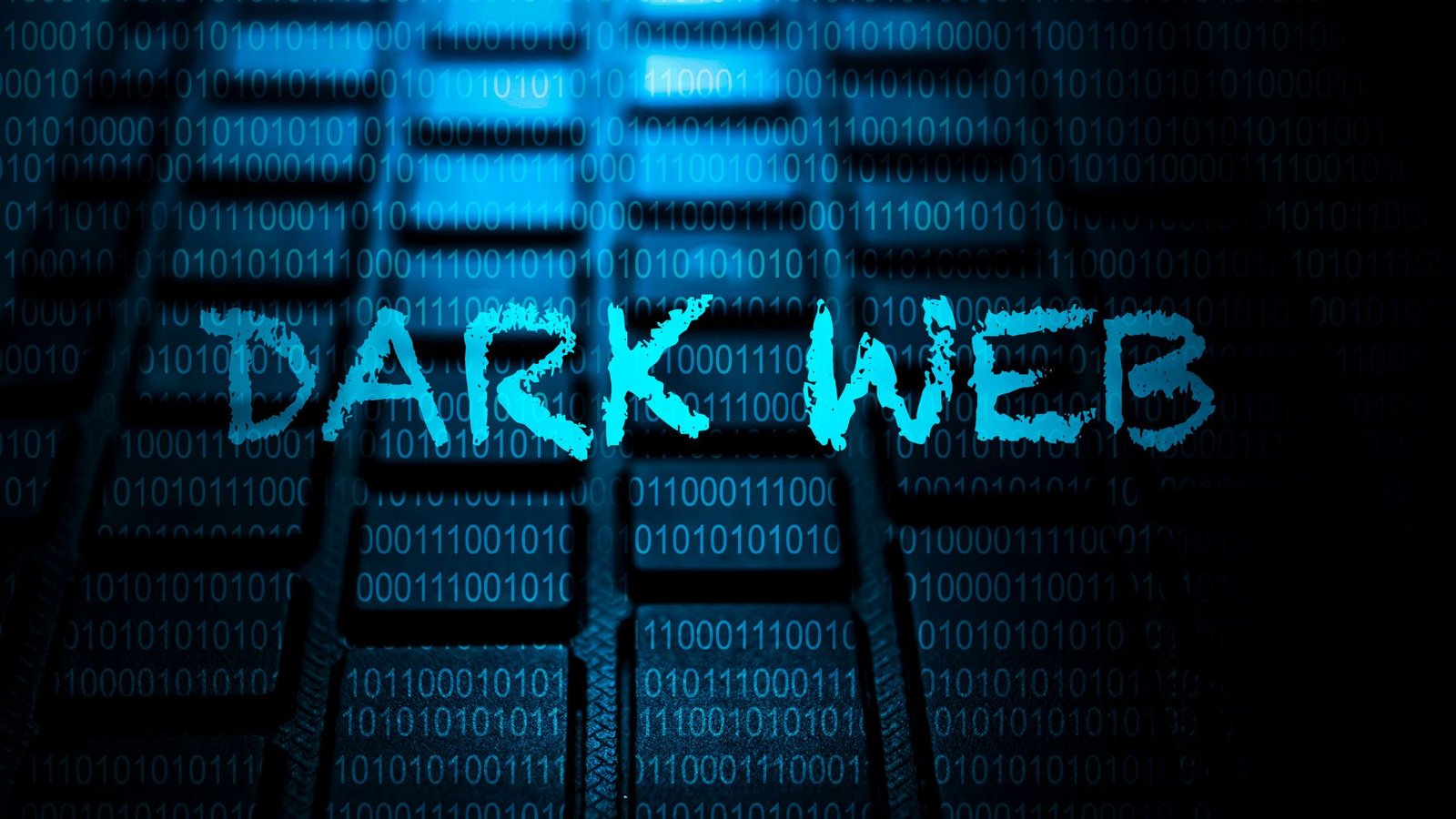
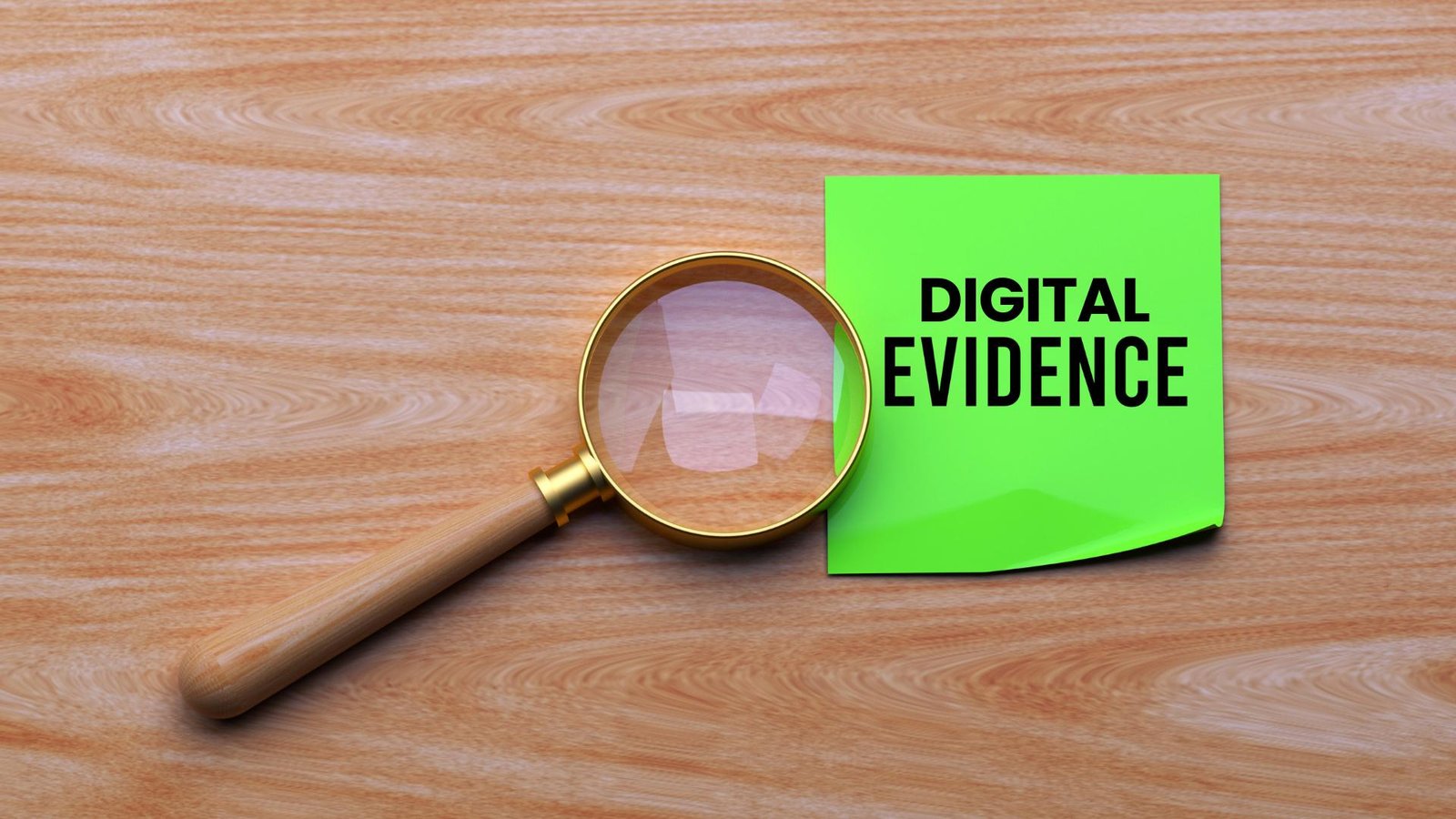
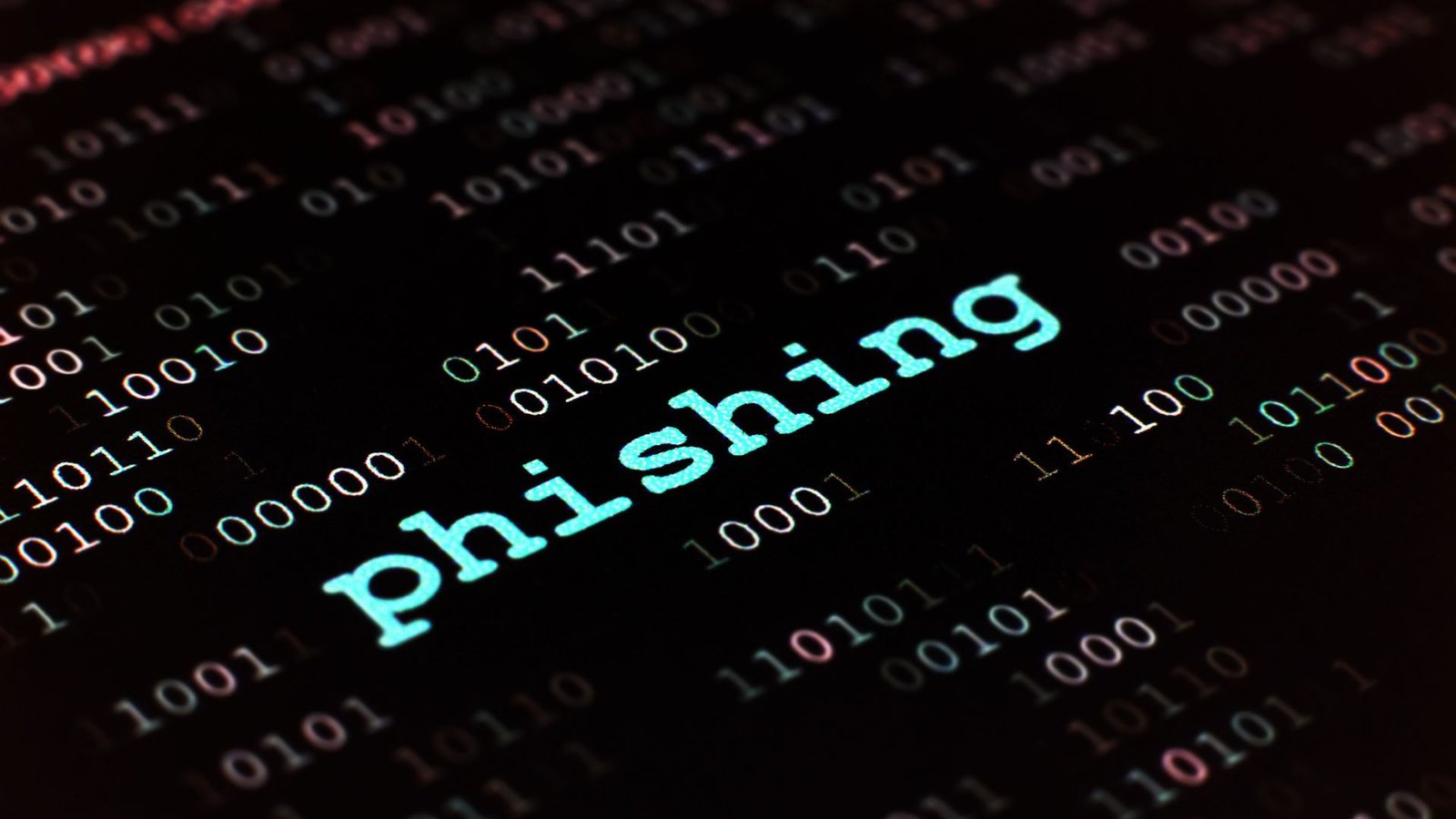

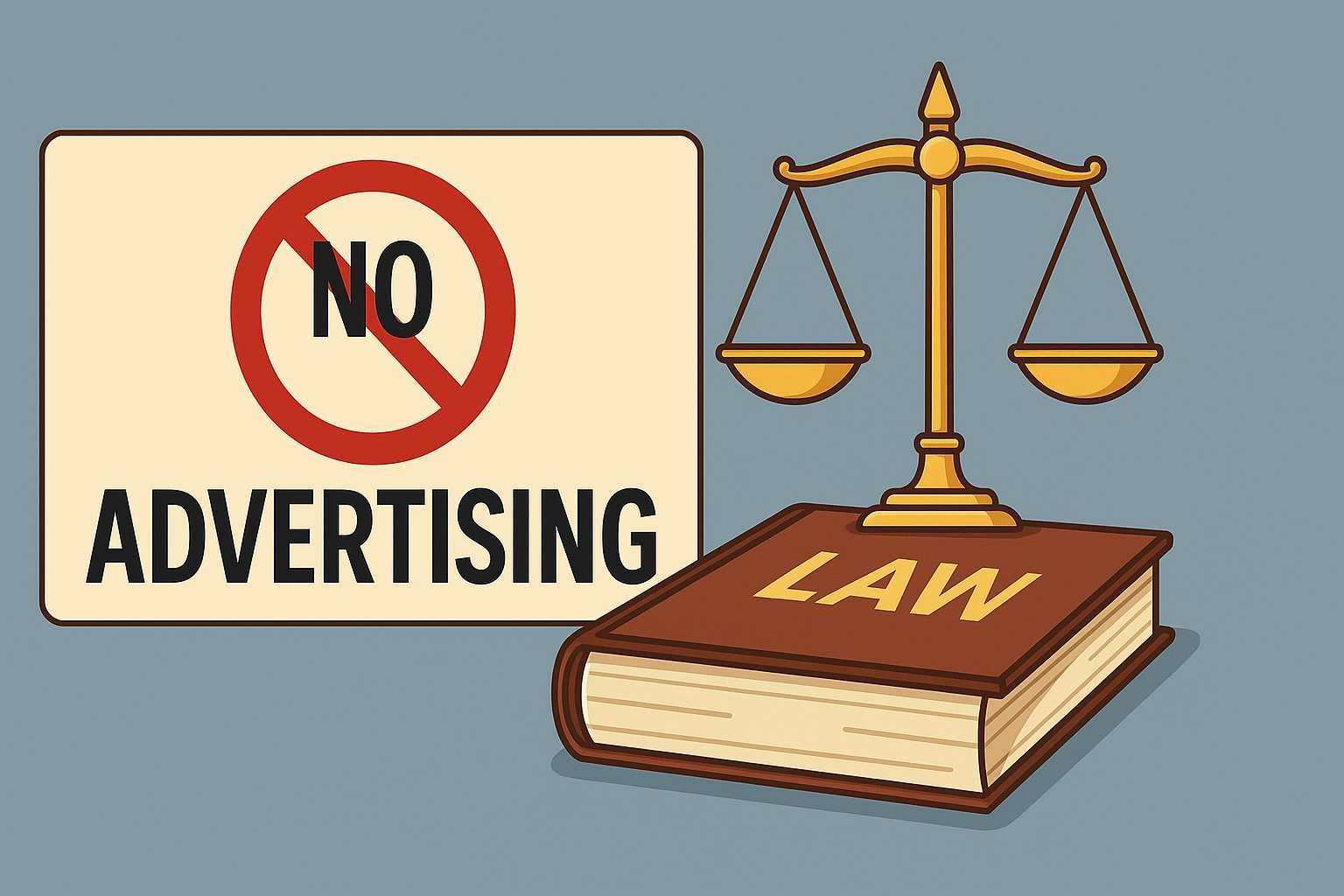
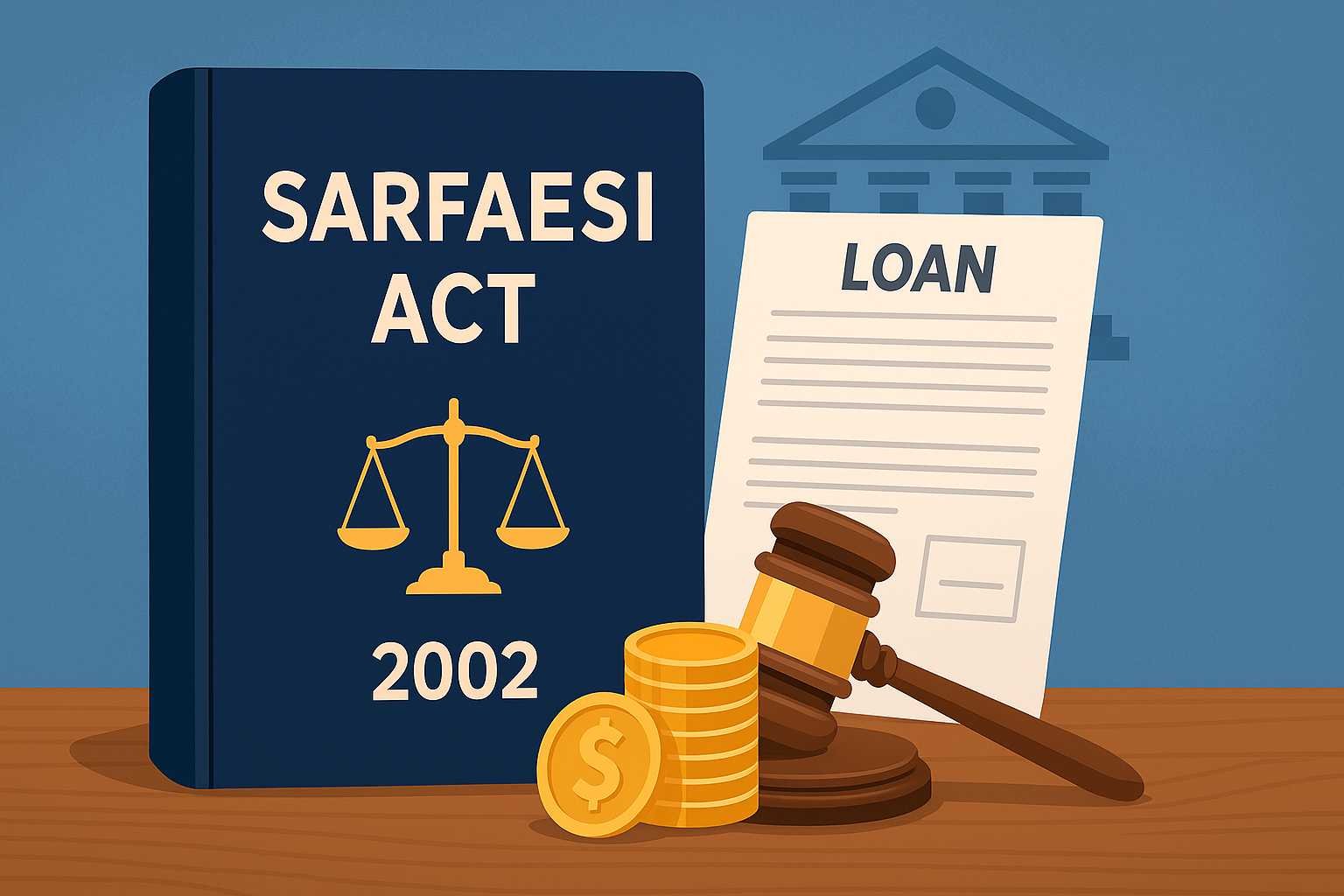
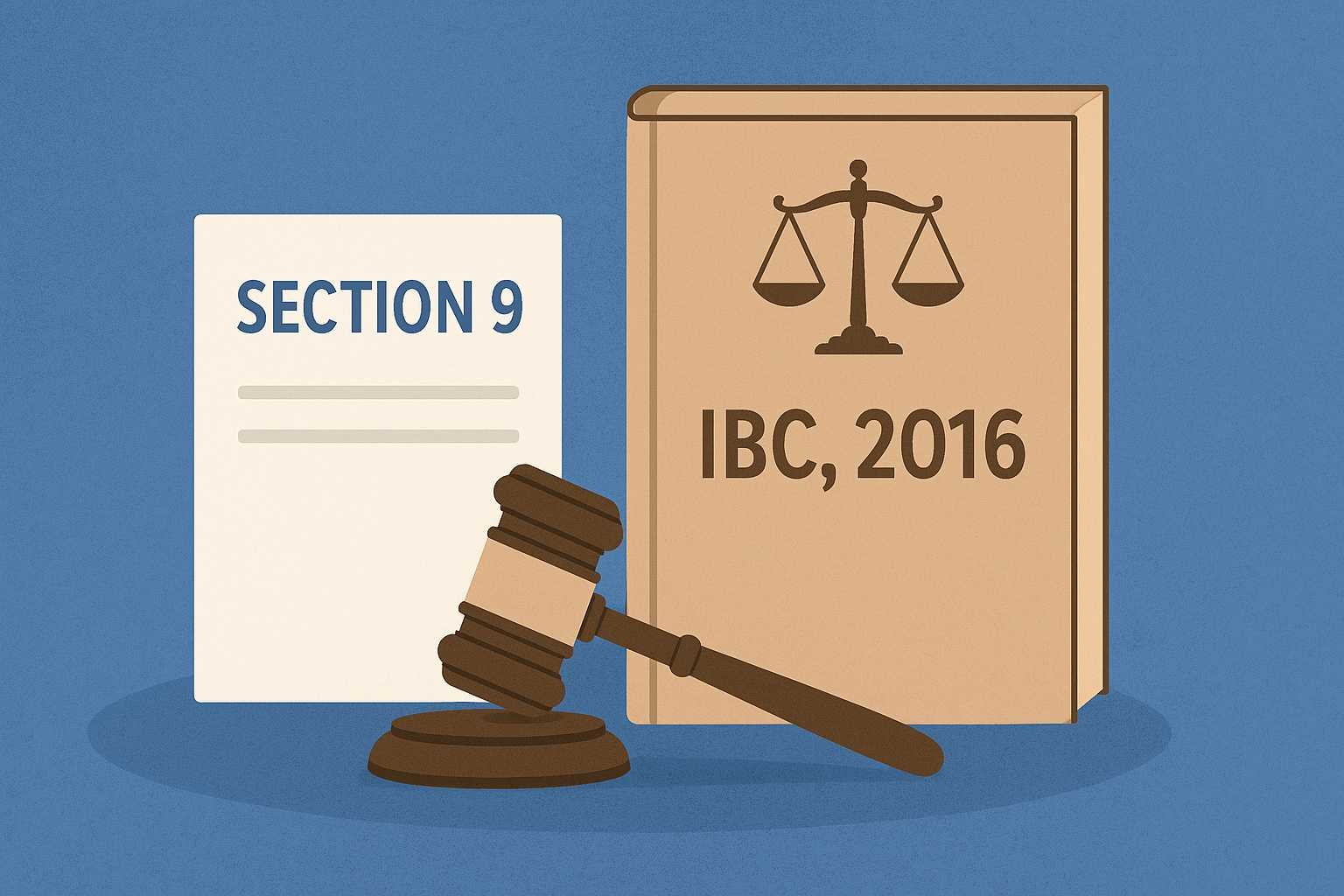
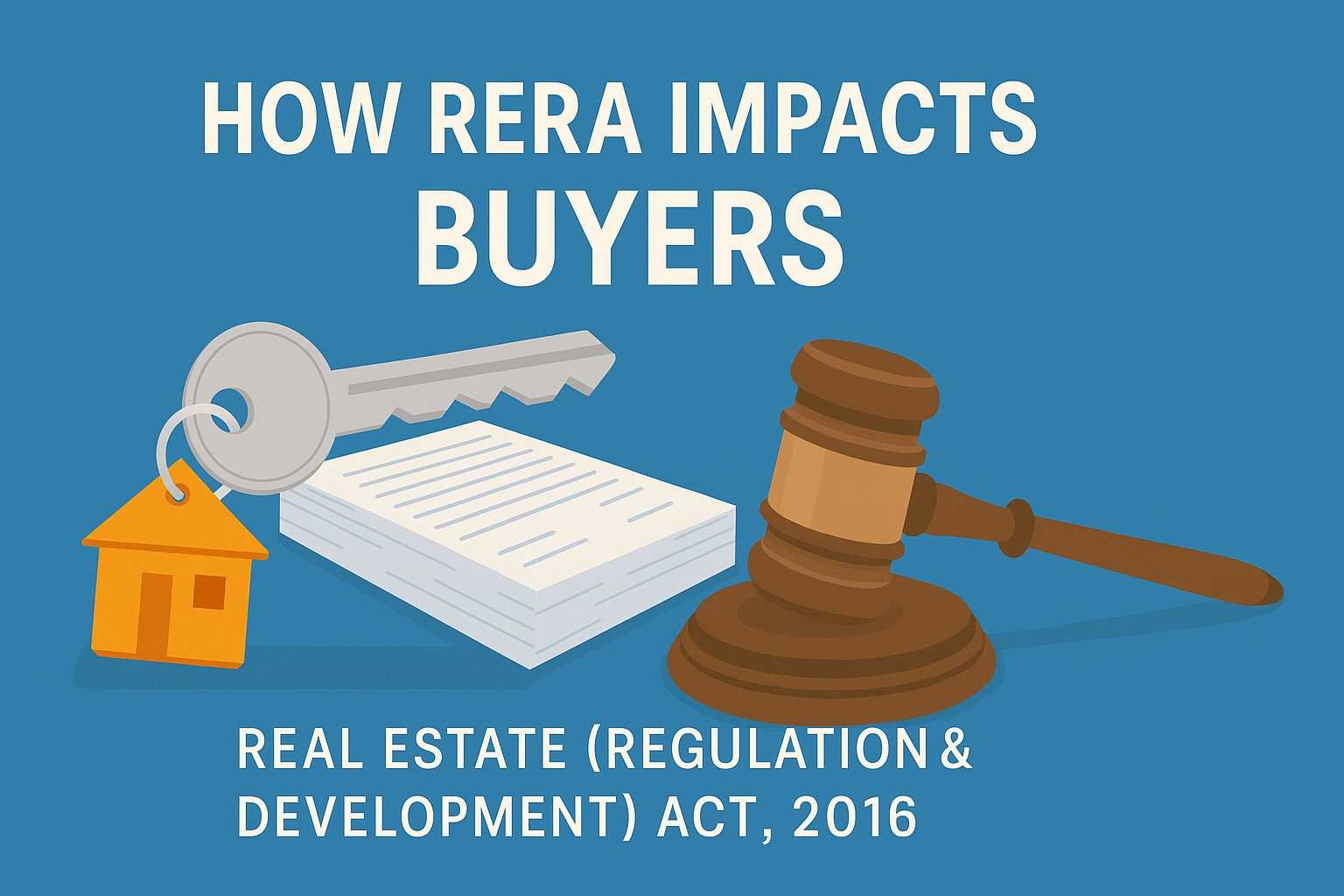
[…] beneath the surface of the internet that we all know and use lies a hidden world known as the Dark Web. In this article, we will delve into the depths of the Darknet to understand its workings, its […]